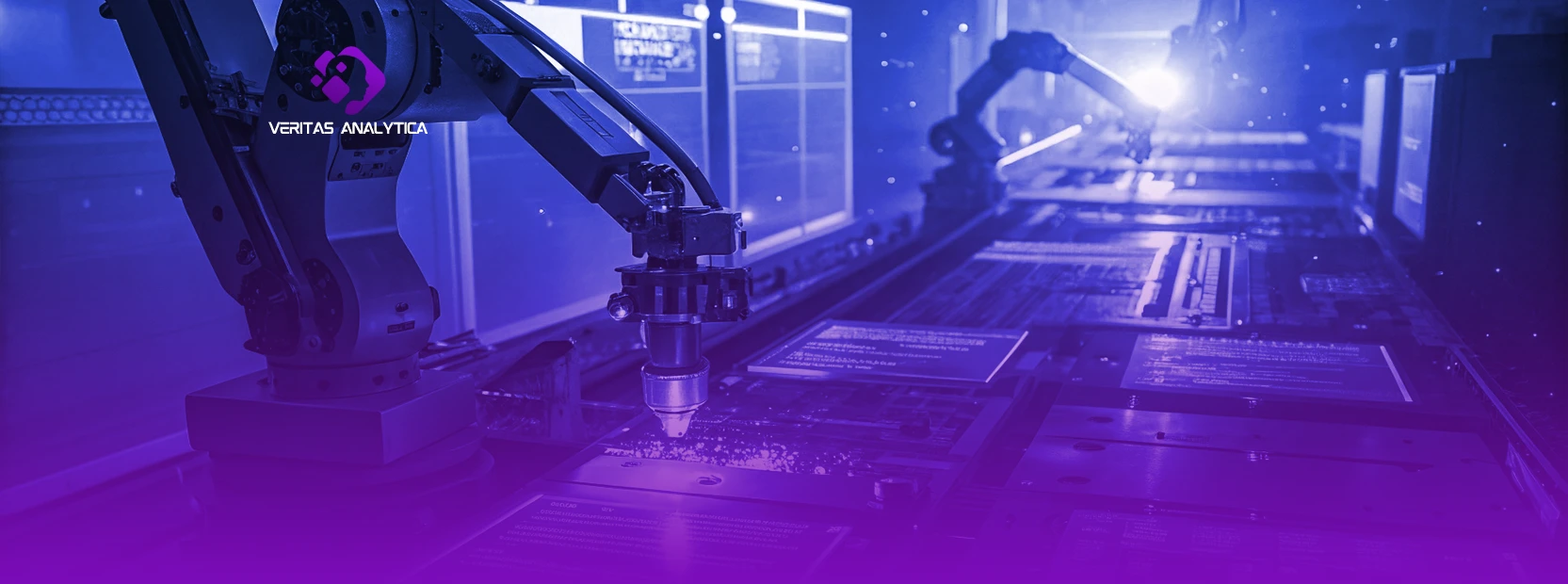Agentic AI is at the forefront of transforming how artificial intelligence interacts with the world. It goes beyond traditional AI by enabling autonomous systems that can plan, reason, and execute tasks without constant human input.
To build effective agentic AI systems, a well-structured AI pipeline is essential. This technical guide will walk you through the key steps to design and deploy a powerful agentic AI pipeline.
What is an Agentic AI Pipeline?
Before we build, let’s define. An agentic AI pipeline is a system that orchestrates several key components to achieve a goal autonomously. Unlike a simple model, it operates in a loop:
- Agent: The core reasoning engine, typically powered by a Large Language Model (LLM) like GPT-4. It acts as the “brain,” making decisions on what to do next.
- Tools: The “hands” of the agent. These are functions or APIs that allow the agent to interact with the outside world, such as searching the web, accessing a database, or running code.
- Memory: The agent’s ability to recall past interactions and results, providing context for multi-step tasks.
The pipeline manages the flow between these components, allowing the agent to break down a complex request, use its tools, and deliver a comprehensive result.
Hands-On Tutorial: Building Your First Research Agent in Python
Objective
Create an agent that can research the current status and goals of the Artemis program.
1. Environment Setup
First, install the necessary libraries and set up your API keys. You will need keys from OpenAI and Tavily AI (a search engine optimized for AI agents).
Install required libraries:
pip install langchain langchain-openai tavily-python python-dotenv
Create a .env file in your project folder to store your keys securely:
# .env file OPENAI_API_KEY="your-openai-api-key-here" TAVILY_API_KEY="your-tavily-api-key-here"
2. The Agent Code
Now, create a Python file named research_agent.py and add the following code. The comments explain each step
# research_agent.py import os from dotenv import load_dotenv from langchain_openai import ChatOpenAI from langchain_tavily import TavilySearchAPIRunner from langchain.agents import AgentExecutor, create_tool_calling_agent from langchain_core.prompts import ChatPromptTemplate from langchain import hub # Load API keys from .env file load_dotenv() # 1. Initialize the LLM (The "Brain") llm = ChatOpenAI(model="gpt-4o-mini") # 2. Define the Tools (The "Hands") tavily_tool = TavilySearchAPIRunner() tools = [tavily_tool]
We’ve given the agent its tools; now, the prompt acts as the instruction manual.
# 3. Create the Prompt
prompt = hub.pull("hwchase17/openai-functions-agent")
# 4. Create the Agent
agent = create_tool_calling_agent(llm, tools, prompt)
# 5. Create and Run the Agent Executor (The Orchestrator)
agent_executor = AgentExecutor(
agent=agent,
tools=tools,
verbose=True
)
# Ask the question
question = "What is the current status of the Artemis program and what are its main goals?"
response = agent_executor.invoke({
"input": question
})
print("\n--- Final Answer ---")
print(response["output"])
What Happens When You Run This?
When you run the script with verbose=True, you’ll observe the agent:
- Deciding it needs to search the web
- Calling the Tavily search tool
- Returning a final response based on live search results
From a Single Agent to a Robust Pipeline: The Next Steps
Once you’ve mastered a single agent, you can scale up to solve more complex business problems. Here’s how the initial steps we discussed fit into a production-level strategy.
Step 1: Advanced Task Decomposition & Use Case Definition
With a hands-on understanding, you can now better define your objectives. Is your goal to automate customer support tickets, optimize a supply chain, or generate market analysis reports?
Actionable Insight:
Break down the business process into tasks that can be assigned to specialized agents (e.g., a “Researcher,” a “Writer,” an “Emailer”).
Step 2: Expanding Your Agent’s Toolkit
Your research agent only had one tool. A production system needs more. This is where data collection and preprocessing become critical.
Tools:
- LlamaIndex / LangChain: For connecting to data sources (PDFs, SQL databases, APIs) and turning them into tools your agent can use.
- Custom Functions: Write your own Python functions and decorate them with LangChain’s tool to give your agent unique skills.
Step 3: Choosing Advanced Frameworks (Multi-Agent Systems)
For complex workflows, a single agent isn’t enough. You need a team of agents that can collaborate.
Tools:
- CrewAI: Excellent for orchestrating role-playing agents with specific jobs (e.g., a research crew).
- LangGraph: Allows you to build complex, stateful workflows with cycles, giving you precise control over the agent interaction loop.
- AutoGen (Microsoft): A powerful framework for creating “conversable agents” that work together to solve problems.
Step 4: Benchmarking, Testing, and Optimization
How do you know if your agent is effective? Testing is crucial.
Pro Tip:
Test your pipeline with a wide range of inputs to check for accuracy, robustness, and speed.
Tools:
- AgentBench: A benchmark suite for evaluating the performance of your agents on different tasks.
- AgentOps: Helps you monitor, debug, and evaluate your deployed agents to tune their performance.
Step 5: Deployment and Integration
Finally, deploy your pipeline into a live environment and integrate it with existing systems.
Deployment Tip:
Ensure your pipeline has robust error handling and can integrate seamlessly with your existing infrastructure (e.g., a CRM, a Slack bot, or an internal dashboard).
Challenges and Considerations
While building an agentic AI pipeline offers significant advantages, there are challenges to consider:
- Data Quality: Ensuring the data is clean, relevant, and up-to-date.
- Scalability: Building a pipeline that can scale to handle increased demand and data load.
- Ethical Concerns: Ensuring fairness in decision-making and managing biases.
Take Action: Start Building Your Agentic AI Pipeline Today
Building an agentic AI pipeline requires careful planning, the right tools, and a structured approach to ensure success. From data collection to deployment, each step is critical to creating an autonomous, intelligent system capable of solving complex tasks. By following these technical steps, businesses can create powerful agentic AI systems that drive innovation and efficiency.
You have the blueprint. We have the experience. If you’re tasked with building a business-critical agentic AI system, let’s build it right. Book a free consultation with us to discuss your production roadmap





